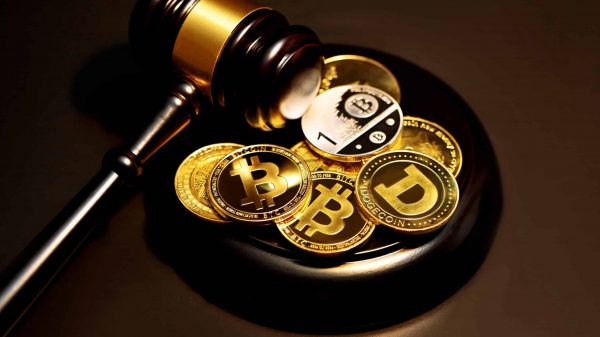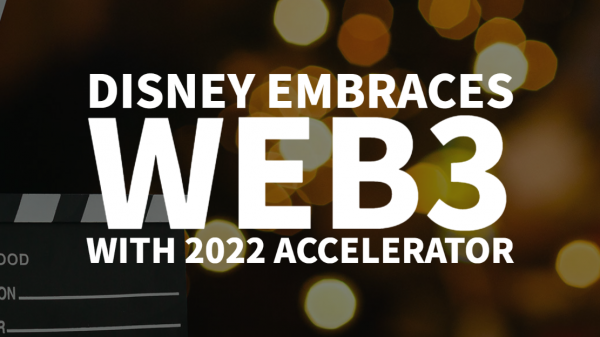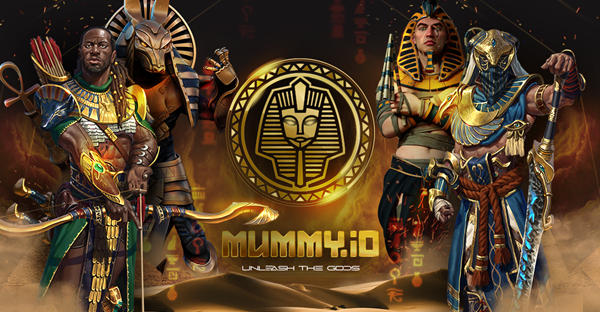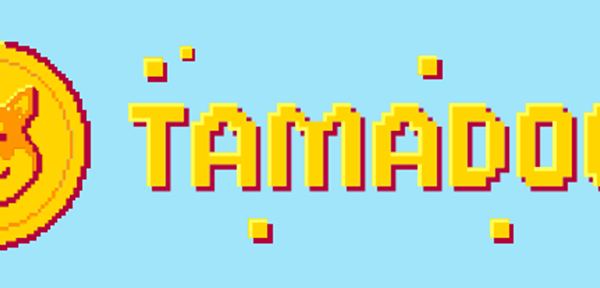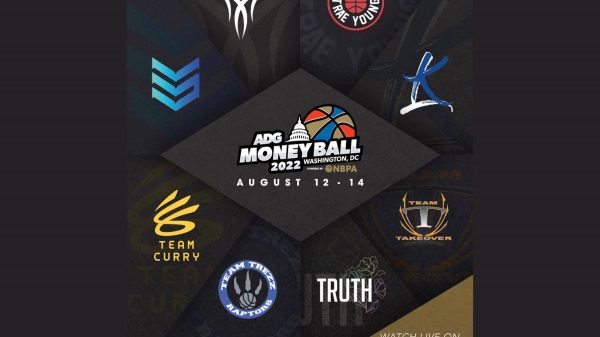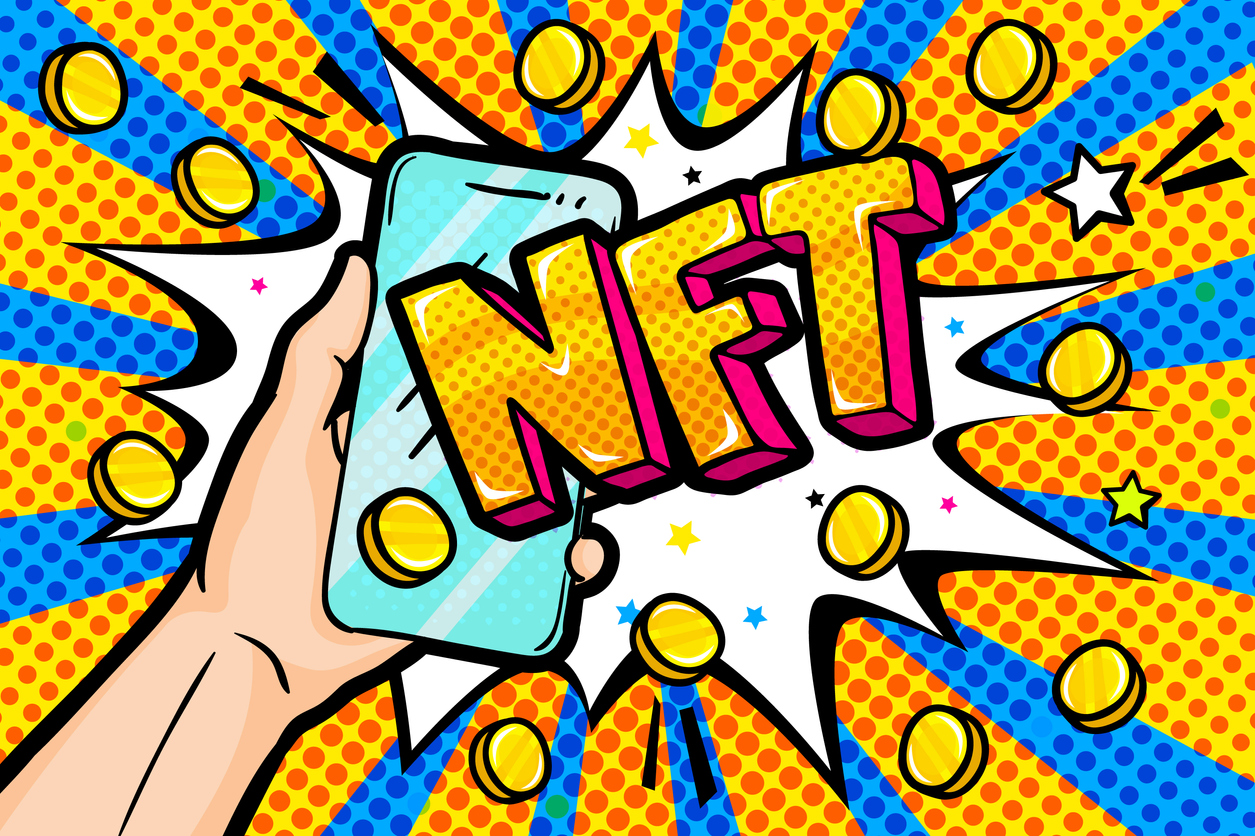Article from: NFT Now
For decades, exclusive membership programs have served as a way for brands to form deeper relationships with their most active customers. Many businesses approach membership programs with a strategy that is at least partially tailored; however, most programs tend to follow one of two basic models:
If you’ve been considering incorporating NFTs into your business or joining an NFT-based program yourself, this article contains everything you’ll need to know.
In short, NFT-based memberships are exclusive programs that use NFTs as access keys to unlock a variety of services and rewards. Also known as “NFT token-gating,” these memberships use blockchain technologies to verify ownership of the NFT and grant holders access to whatever member-exclusive perks are being offered.
NFT-based memberships are more beneficial than traditional programs for a host of reasons. To begin with, because they utilize blockchain technologies, it’s impossible to counterfeit membership NFTs or create duplicates. This helps brands prevent fraud. It also assists individuals in that users no longer need to worry about losing their physical cards or forgetting their sign-on information.
That said, the primary benefit of NFT-based membership programs is that they facilitate a two-way partnership between brands and holders. Through scarcity, incentivization, and liquidity, membership NFTs ensure that both brands and holders are aligned with the future success of the program.
Here’s a deeper look at how each of the aforementioned — scarcity, incentivization, and liquidity — functions in NFT membership programs to better serve both brands and holders.
Notably, holders aren’t the only ones who benefit from this. By offering perks that resonate more deeply, Dai explains that brands are “building a community of ultra-active purchasers” who are “champions and advocates of the brand.”
This is fundamentally different from many other traditional membership programs that fail to limit how many members are able to achieve a certain status. For example, let’s look at airline rewards programs. Here, unlimited memberships leads to too many members fighting for a limited number of perks or trying to take advantage of their rewards at the same time, such as seeking seats on a popular flight path.
The reverse is true for NFT-based rewards programs. “The number of members is constant, allowing brands to always over-deliver on benefits,” Dai clarifies, noting that this scarcity-based approach is a fundamental component of his own OnePass program.
In typical membership programs, the financial value of the membership pass doesn’t increase over time. The situation is entirely different when it comes to NFTs, and this creates a completely new dynamic. For the first time ever, the value of a membership program — and the value of individual passes — isn’t solely determined by the brand offering it. Instead, it’s a two-way street.
Since membership NFTs hold monetary value in their own right, there is an equal incentive for holders and the brand to increase the price of the membership over time.
“The value of the membership NFTs equally depends on the brand’s commitment to deliver utility and benefits, as well as the members’ collective efforts in advocating for the brand, creating a true partnership,” Dai explained. With traditional memberships, companies may become complacent and can cut benefits over time. Likewise, users may stray to other brands that offer similar perks. However, with NFT memberships, both sides are incentivized to actively look for new ways to increase the quality of the brand and, in so doing, increase the value of the membership NFTs.
Perhaps the most important differentiator between traditional and NFT-based memberships is the ability for membership NFTs to be traded on the open marketplace. Many traditional membership programs will charge users several months’ worth of payments if they attempt to cancel early. What’s more, brands sometimes make it exceedingly difficult for users to cancel, forcing them to go through a series and webpages and confirmation steps to complete the process.
NFT-based membership programs provide flexibility to the holders.
If your lifestyle or needs change, you can easily resell your membership NFT on whatever marketplace you prefer — and you might actually make money doing so. “Not only did you enjoy years of perks and benefits during your membership, your effects, along with the community’s, are now reflected in the value of the membership tokens, and you get rewarded again when you resell the NFT and exit the program,” Dai said.
Meanwhile, with secondary royalty structures baked into smart contracts, brands can receive a predetermined royalty percentage every time membership is resold. Again, this further reinforces the alignment of incentives: A higher membership NFT value allows current holders to profit once they sell and also allows brands to generate more money off secondary royalties.
In certain cases, like Vaynerchuk’s Flyfish Club, token holders can also lease their memberships to others for extended periods of time. For holders, this allows them to treat their membership as a source of revenue while also enjoying some of the perks from time to time. For those who are considering buying an NFT and joining the program, it gives them an opportunity to test things out.
The success of this model can be readily seen. Take Flyfish Club. All 1,500 of the NFTs sold out in minutes. The initial price for the NFTs was around 2.5 Ethereum. Their current resale values are nearly double that amount.
Unfortunately, getting a traditional membership is a lot faster and easier for most people, as there are no technical hurdles that they need to overcome. For NFT membership-based programs to continue to accelerate in popularity, companies must invest money and effort in improving the onboarding experience. And for brands who are currently considering NFT-based memberships, it’s crucial to reduce the learning curve for non-crypto-users as much as possible – ideally, to the point where users don’t even realize they are interacting with Web3 technologies.
To this end, finding the right processes to facilitate onboarding is key. Dai notes that this was one of the primary considerations OneOf took into account when creating OnePass, and it stands as one of their largest value propositions. To sign up, all users need is an email and a phone number. When it comes to purchasing an NFT, payment can be completed with any major credit card, so users don’t need to go through the hassle of buying crypto.
And the results are clear. By prioritizing ease of use and user experience, OneOf has quickly grown to be one of the top NFT platforms for non-crypto native users.
The post The Art of NFT Memberships: A Guide For Brands and Users appeared first on nft now.
source
Article from: NFT Now



